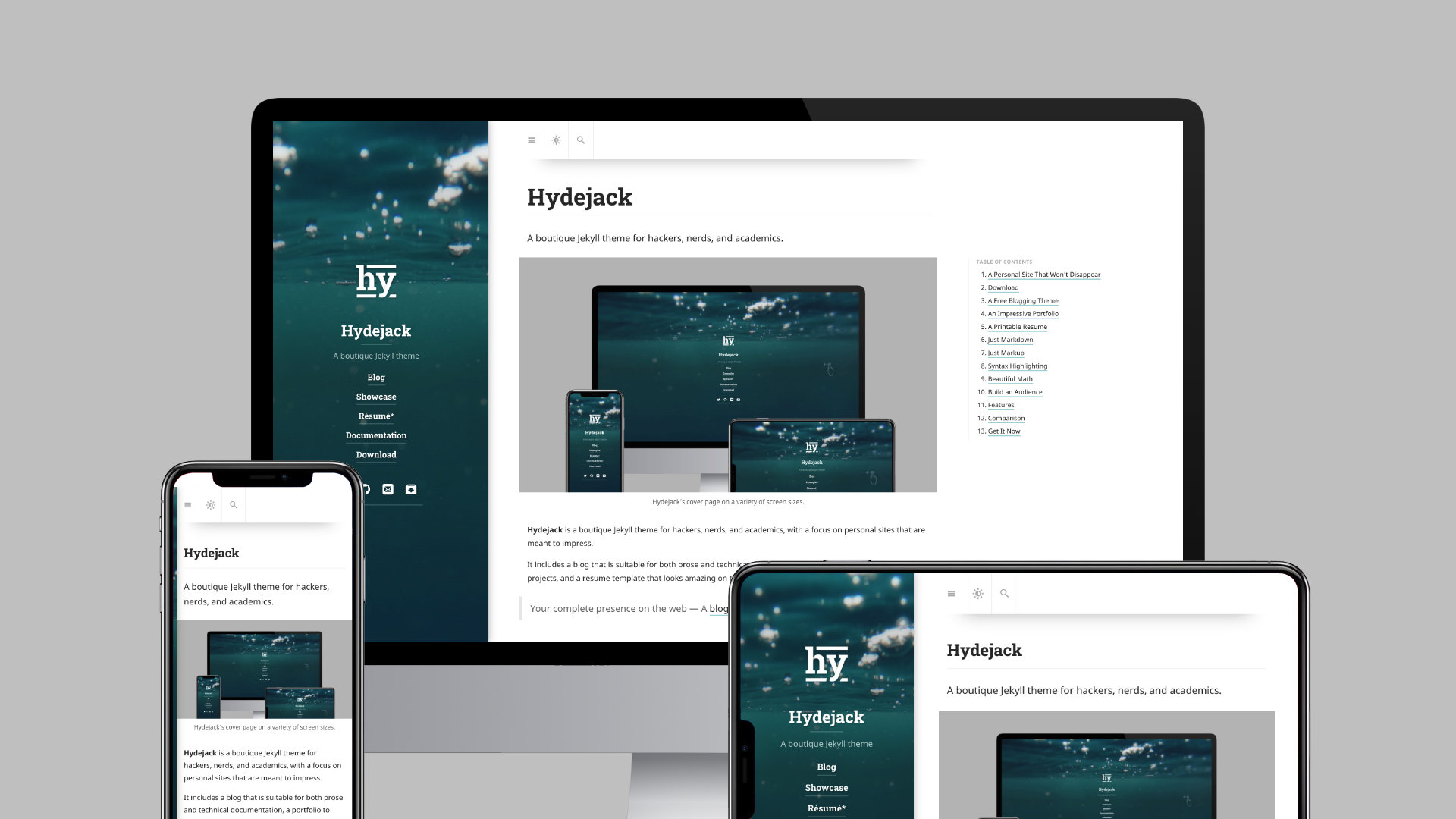Project Overview
A data visualization dashboard for weather analytics and forecasting

A comprehensive weather analytics dashboard that aggregates data from multiple sources to provide detailed weather insights, historical analysis, and basic forecasting capabilities.
Key Features
- Multi-source Data Aggregation: Combines data from OpenWeather API and historical datasets
- Interactive Visualizations: Dynamic charts and graphs using D3.js
- Historical Analysis: Compare current conditions with historical patterns
- Location-based Insights: Weather data for multiple geographical locations
- Export Functionality: Download charts and data in various formats
- Responsive Design: Works seamlessly across desktop and mobile devices
Technologies Used
- Backend: Python with Flask framework
- Database: SQLite for local data storage
- Visualization: D3.js for interactive charts
- APIs: OpenWeather API for real-time data
- Frontend: Vanilla JavaScript with modern ES6+ features
- Styling: CSS3 with Flexbox and Grid layouts
Data Processing Pipeline
Data Collection
Automated scripts collect weather data every hour from the OpenWeather API and store it in a normalized SQLite database structure.
Data Analysis
Python scripts analyze patterns, calculate trends, and generate insights from the collected data using pandas and numpy.
Visualization Pipeline
D3.js creates dynamic, interactive visualizations that update in real-time as new data becomes available.
Technical Challenges
Challenge 1: API Rate Limiting
Implemented intelligent caching and batch processing to work within API rate limits while ensuring data freshness.
Challenge 2: Data Visualization Performance
Optimized D3.js rendering for large datasets using data aggregation and lazy loading techniques.
Skills Developed
- API integration and data pipeline development
- Advanced data visualization with D3.js
- Time series data analysis
- RESTful API design with Flask
- Performance optimization for data-heavy applications
